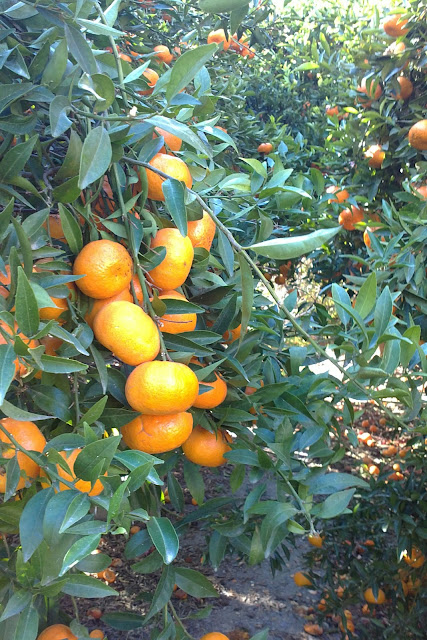Flowering now in the garden is the lovely Purple Coral Pea or Native Sarsaparilla, a member of the Fabaceae family, named in honour of Franziska Countess von Hardenberg in 1837 by George Bentham, an English botanist.
There are three species of this small genus in Australia, growing in areas from Queensland to Tasmania.
Hardenbergia violacea is a vigorous evergreen, climbing or sometimes trailing vine that has lance shaped leaves and pendant racemes ofpurple flowers from late winter until early summer.
It likes a sunny or semi shaded position. It flowers better in full sun and needs well drained soil and preferably a frost free site, although it will tolerate some frost. Like many evergreenclimbers, it has a tendency to run up a wall or fence and ball at the top and be leggy below. For compact growth and an even fence coverage prune regularly after flowering.
Probably the most widely grown variety inAustralia is Hardenbergia violacea 'Happy Wanderer'. There is also a pale pink form called Hardenbergia ‘Rosea’ which is just exquisite with its soft pink colour.
Hardenbergia Rosea
A pure white form too is available named Hardenbergia ‘Alba’.
Recent breeding has actuallydeveloped an upright shrubby form named Hardenbergia 'PurpleClusters' which grows to about a metre by a metre and has a mass of purple flowers from Winter to Spring.




















